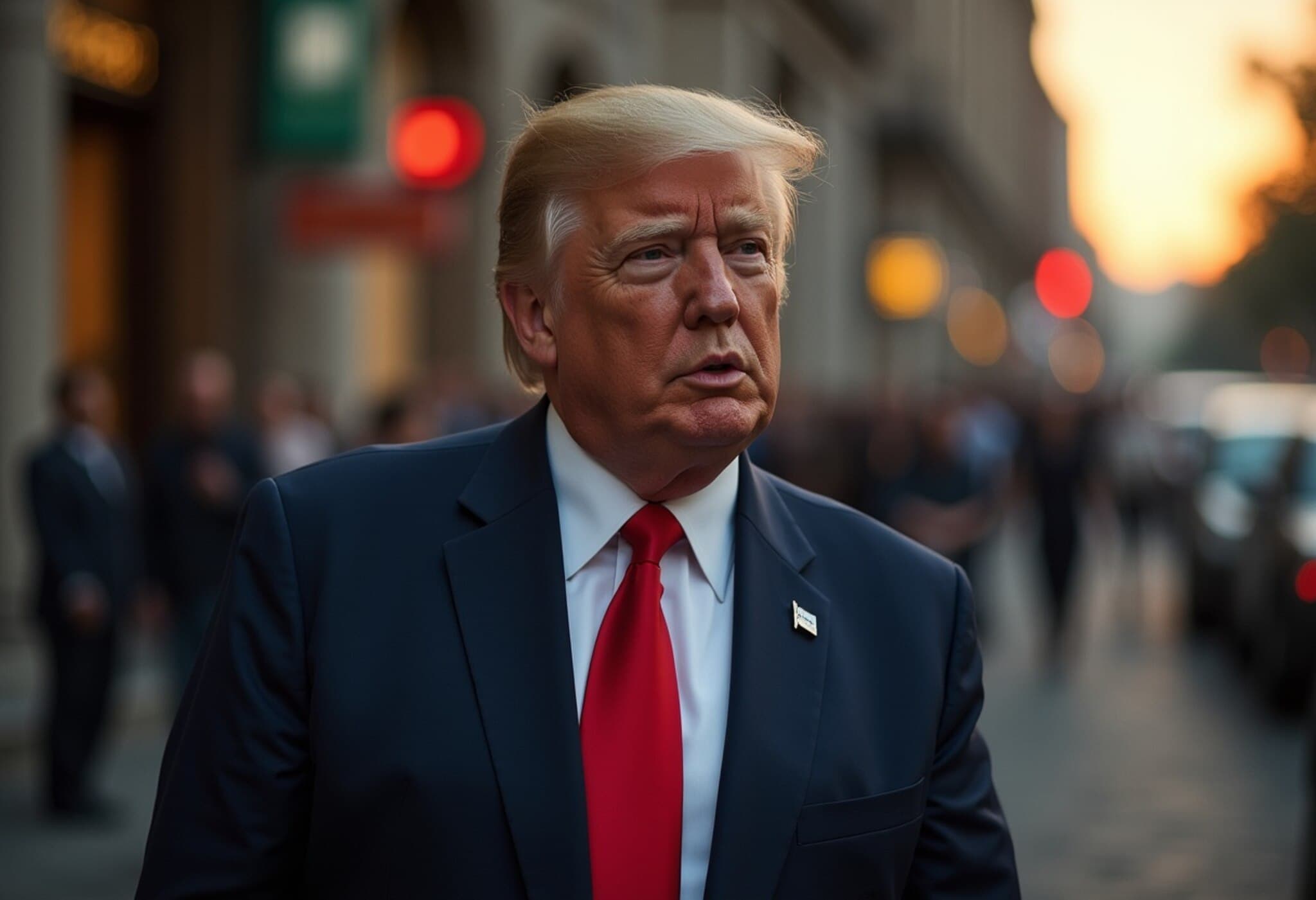Israeli Hostage Families Seek Trump’s Intervention
While Israeli beachgoers enjoy the Mediterranean sun and sand, a different scene is unfolding nearby—families of hostages held by Hamas are rallying for their loved ones’ release. Among them, Keith Siegel, who himself endured 484 days in captivity within Gaza's tunnels, is now at the forefront of the campaign demanding action.
Since his release earlier this year, Siegel has been tirelessly advocating for the remaining hostages—approximately 50 still held, with around 20 believed alive. For these families, hope hinges on one figure: former US President Donald Trump.
Why Trump Holds Their Hopes
Standing near the US embassy in Tel Aviv, Siegel declared, "President Trump, you are the only one who can do it. End the war, bring the hostages home, and build a better future for the Middle East." His plea reflects a widespread belief within the hostage families that Trump is uniquely positioned to broker a ceasefire and secure their release.
Daniel Shek, a former Israeli ambassador who now works with hostage families, confirms this strategic pivot: "There is precedent that the way to get to Prime Minister Netanyahu is through Donald Trump," he explained. According to Shek, Trump wields the leverage and means necessary to catalyze a breakthrough.
Tense Relations with Prime Minister Netanyahu
Relations between hostage families and Israeli Prime Minister Benjamin Netanyahu have been strained, marked by distrust and even hostility. Many families feel Netanyahu prioritizes political survival over their loved ones’ freedom, especially since many hostages—peaceful kibbutz members and youth festival attendees—do not align with his conservative base.
Shek shared, "It’s difficult for us to converse with him. He hasn’t been very communicative with the families, and some coalition members openly declared that hostages were not their priority, which is unacceptable." This distancing has driven families to bypass their own government in favor of turning directly to Trump on social media and public platforms.
Mobilization in Tel Aviv and Beyond
In Tel Aviv, a vibrant hub of protests and activism, the hostage release movement is visible everywhere. Hostage posters line beaches and streets alike, and a central city plaza has been renamed Hostages Square in their honor. An art installation evokes the harrowing experience of being held captive in Gaza’s tunnels, bringing the issue powerfully into public consciousness.
Recently, Netanyahu made a rare visit to Kibbutz Nir Oz—scene of a brutal massacre—and met with some hostage families. However, skepticism remains among many regarding his leadership.
Ceasefire Talks and the Pressure to Deliver
With an anticipated meeting between Trump and Netanyahu looming, hopes have flared for a ceasefire and comprehensive hostage release. Trump has pledged firmness with Netanyahu, suggesting a deal could emerge soon.
That said, anxiety persists. Proposed arrangements involve releasing 10 living hostages and 18 bodies during a 60-day ceasefire, followed by complex negotiations that might stall or collapse. Critics argue this plan falls short of what families demand.
Former Israeli spokesman Eylon Levy condemned the framework as "a disgrace" and veteran negotiator Gershon Baskin questioned the rationale behind a phased release, advocating for a full and immediate freeing of all hostages instead.
Families’ Heartfelt Appeals
Among the hostages, Evyatar David stands out—a talented musician seized at a festival, shown in a recent Hamas video clearly malnourished. His cousin, Matan Eshet, passionately campaigns for his return.
"We hope Trump will push both sides to end the war and do what it takes to save the hostages," Eshet said at Hostages Square. "I just want our family to be whole again."
After more than 630 days of this anguish, families cling to such hopes for closure and peace.

